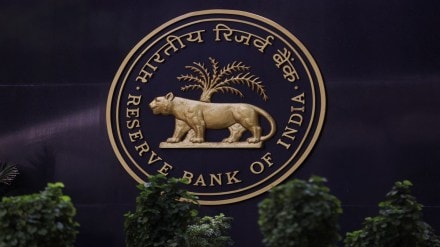The Reserve Bank of India (RBI) Board is expected to meet this afternoon and decide on the dividend payout to be given out to the central government for the fiscal year 2024-25. The RBI board had, on May 15, reviewed its Economic Capital Framework (ECF) which is the basis for deciding the surplus transfer or amount of dividend to be given to the government.
In November 2018, a committee led by former RBI Governor Bimal Jalan was formed to review the RBI’s Economic Capital Framework (ECF). In August 2019, the RBI adopted the committee’s recommendations. The committee had suggested that the RBI’s contingency risk buffer (CRB) should be maintained in a range of 5.5 per cent to 6.5 per cent of the central bank’s balance sheet.
What can be expected?
According to economists, the central bank dividend for FY25 is seen at Rs 2.5-3.5 lakh crore which is 5-7 per cent of India’s FY26 budget size of Rs 50.65 lakh crore. The Union Budget for the current financial year has projected a dividend income of Rs 2.56 lakh crore from the RBI and public sector financial institutions.
Rajani Sinha, Chief Economist, CareEdge Ratings, said, “We expect the Reserve Bank of India to transfer a bumper dividend to the Central government. It is likely to be in the range of Rs 2.5-3.0 trillion, with an upside bias. This would represent a sharp jump from last year’s dividend transfer which was at Rs 2.1 trillion. The dividend is also likely to be higher than the FY26 budgeted amount of Rs 2.6 trillion expected from the RBI, Nationalised banks and financial institutions collectively.”
For FY24, the RBI had paid a record Rs 2.1 lakh crore dividend to the government and for financial year 2022-23, the payout was Rs 87,416 crore. A higher dividend payout this year by the RBI will help the government in managing the fiscal deficit and is also likely to improve liquidity conditions in the system.
“The key determinant likely for such a huge dividend could be the upbeat gains from dollar sales. The gross dollar sales rose notably to $371.6 billion up to February in FY25, compared to $153 billion in the full-year FY24. Higher quantum of dollar sales along with the increased margin between the historical price of dollar purchases vis-a-vis the sales price is anticipated to have driven large gains from dollar sales throughout FY25. Other key factors such as the interest income on rupee and foreign securities could have also lent some support to the higher dividend,” said Rajani Sinha.
